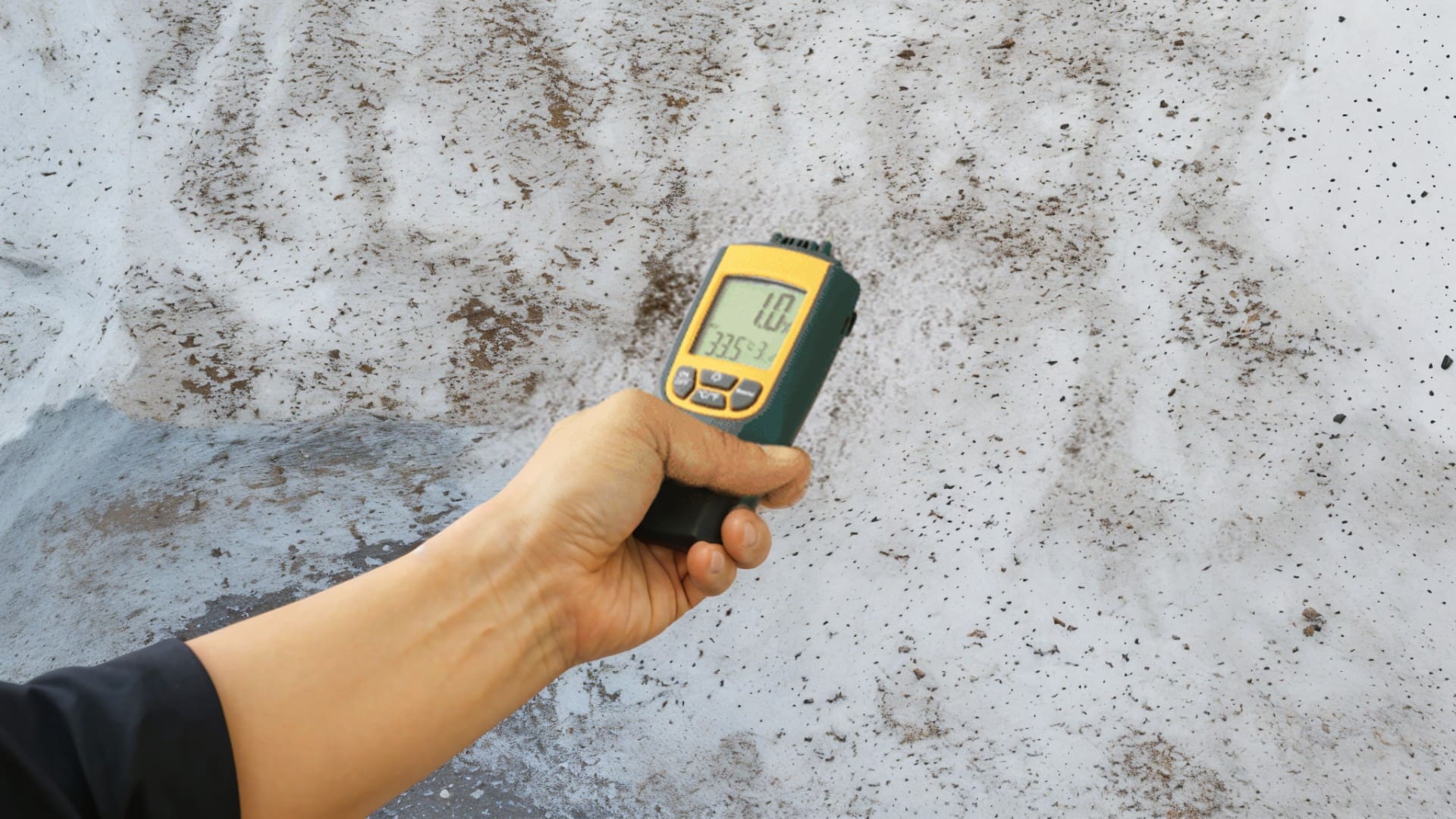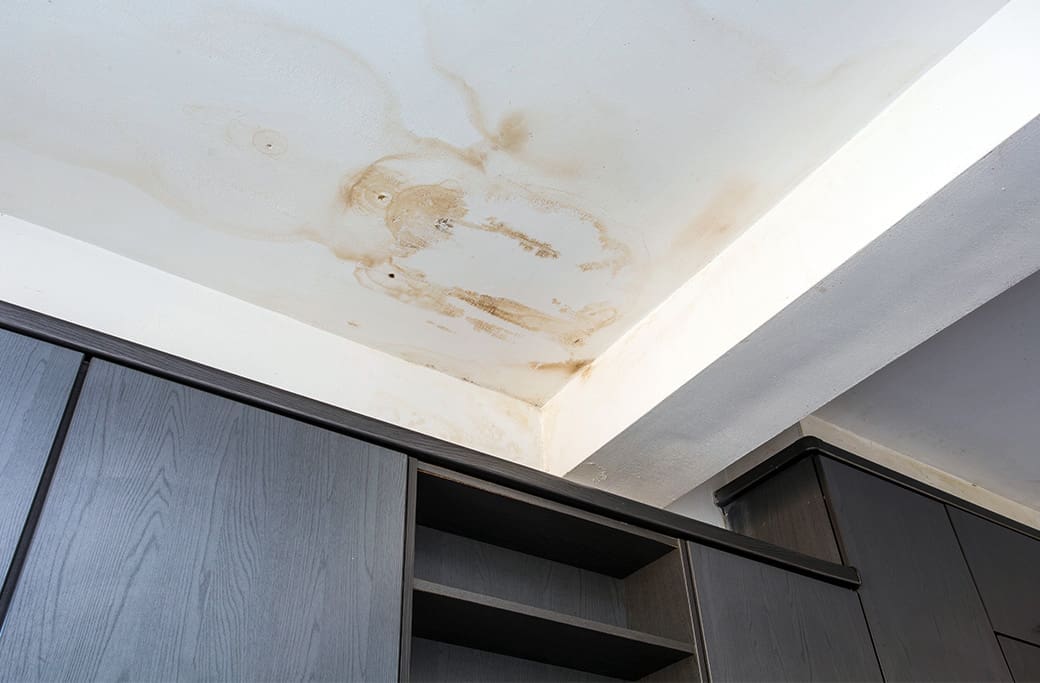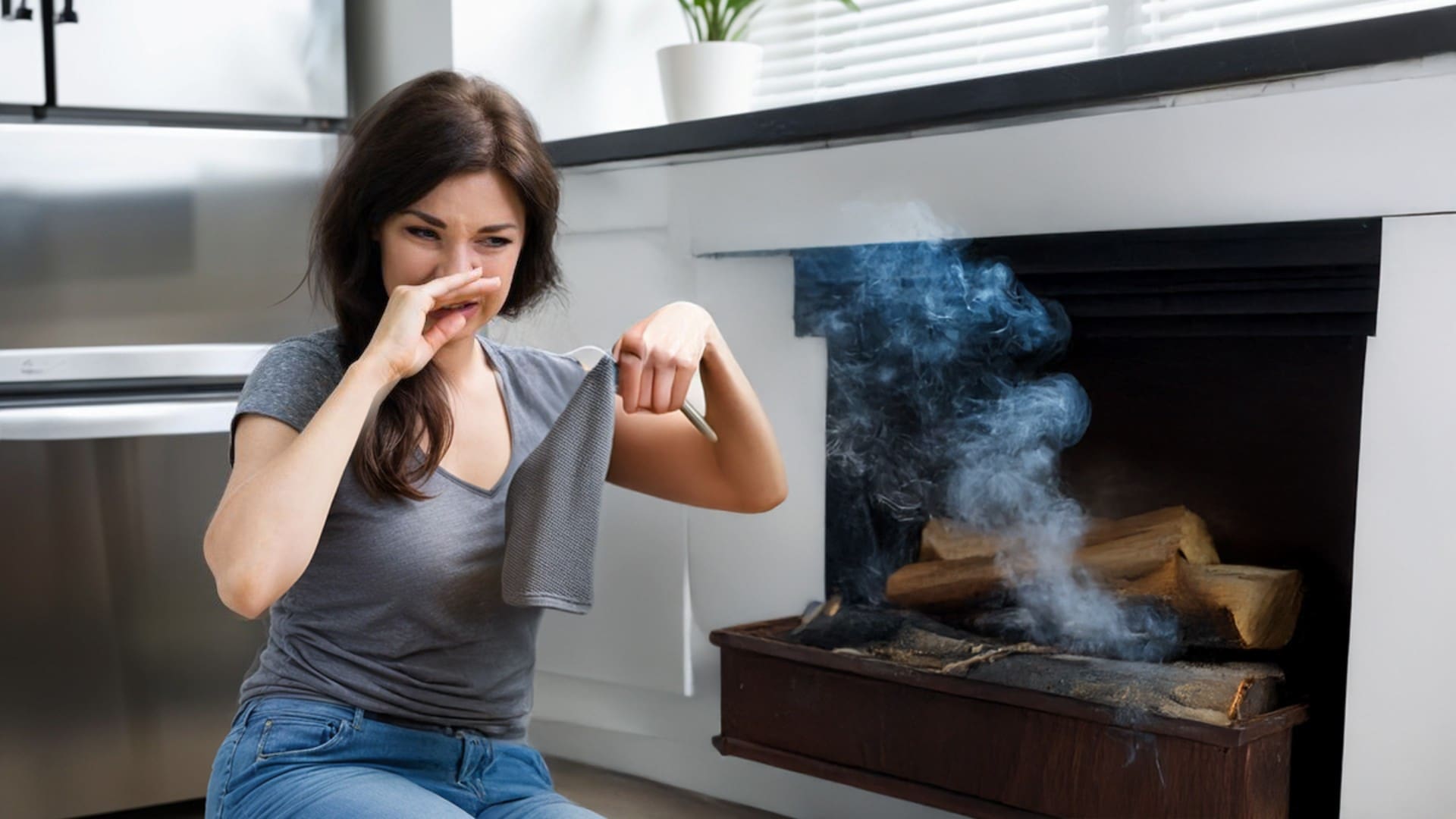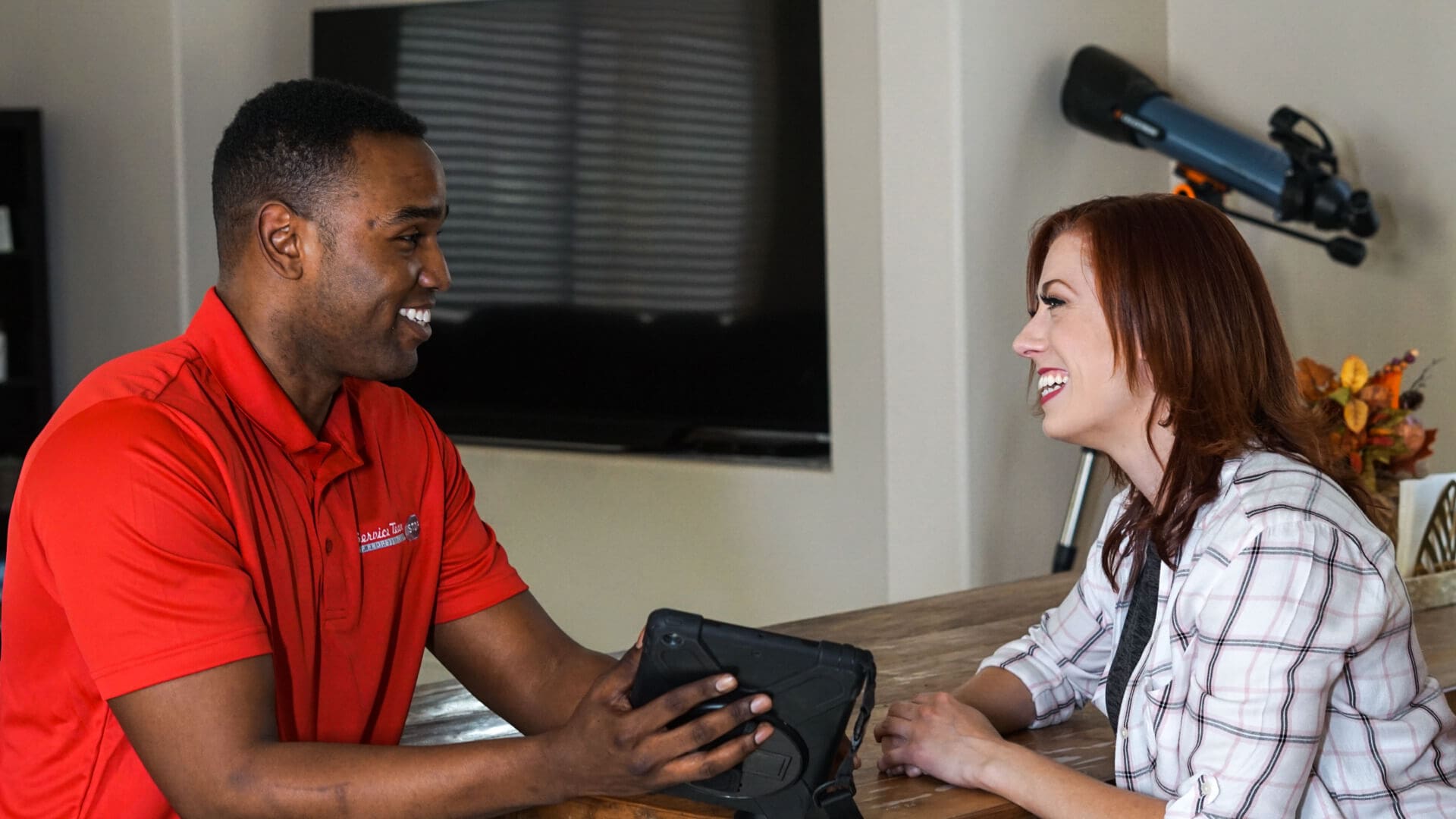
Mold behind walls can be a silent, dangerous invader that affects your indoor air quality, damages your property, and threatens your health. Unfortunately, since it often grows out of sight, many homeowners don’t realize there’s a problem until it becomes extensive—and expensive. This blog provides a practical guide on how to detect hidden mold behind walls, what signs to watch for, and how professional mold remediation experts like STOP Restoration Winston-Salem can help eliminate the problem at its source.
Why Mold Grows Behind Walls
Mold thrives in damp, dark, and poorly ventilated areas—making the space behind walls an ideal breeding ground. It often starts after:
- Water leaks from pipes or roofs
- Flooding incidents
- High indoor humidity
- Condensation build-up due to poor insulation
Once moisture is trapped behind drywall or paneling, mold spores can grow rapidly, sometimes within 24 to 48 hours.
Signs of Mold Behind Walls
Since you can’t always see mold directly, here are the most common warning signs that mold may be hiding behind your walls:
1. Musty Odors
One of the first indicators is a persistent musty or earthy smell, especially in rooms that are usually dry. Mold produces microbial volatile organic compounds (MVOCs) that give off distinct, unpleasant odors.
2. Visible Stains or Discoloration
Dark patches, green or black streaks, or peeling paint and wallpaper may signal mold growth beneath the surface. Bubbling or warping drywall is another clue.
3. Allergy or Respiratory Symptoms
Unexplained health issues such as sneezing, coughing, skin irritation, and headaches could be due to mold exposure—particularly if symptoms improve when you’re away from home.
4. Warped or Damp Walls
If the wall feels soft, damp, or warped to the touch, moisture may be trapped inside, creating a perfect habitat for mold.
5. History of Water Damage
Previous flooding, pipe leaks, or high-humidity problems can result in mold outbreaks months after the initial event if the walls weren’t properly dried and treated.
How to Check for Mold Behind Walls
While visual inspection and smell can provide early clues, confirming mold behind walls often requires more detailed investigation:
1. Moisture Meters
A moisture meter can detect elevated moisture levels inside walls without the need to tear them open. These tools are readily available and help pinpoint problem areas.
2. Infrared Thermography
Thermal imaging cameras detect cooler temperatures caused by moisture behind walls. These heat maps can guide you to specific problem spots before opening the wall.
3. Cutting Test Sections
In severe cases or for thorough inspection, small sections of drywall can be removed to expose the cavity and directly check for mold.
4. Wall Cavity Air Samples
Mold remediation professionals can take air samples from inside wall cavities to check for high mold spore concentrations, using special equipment and lab testing.
5. Surface Swab Testing
If mold is suspected just beneath the surface, swab or tape tests can collect samples for analysis. However, this is best performed by trained technicians to ensure accuracy and safety.
Why DIY Isn’t Always Safe or Effective
While some signs of mold can be handled with over-the-counter cleaners, addressing mold behind walls is more complex. Tearing open walls without containment can release spores throughout your home, increasing the risk of exposure and cross-contamination.
Additionally, improper remediation may only treat the symptoms without removing the underlying cause—moisture. For this reason, professional mold remediation is highly recommended.
STOP Restoration Winston-Salem: Your Local Mold Experts
When it comes to hidden mold, STOP Restoration Winston-Salem stands out as one of the region’s premier mold remediation companies. With a certified team of restoration professionals and advanced equipment, STOP Restoration offers:
- Thorough Mold Inspection: Using moisture meters, thermal imaging, and lab testing.
- Safe Removal & Containment: Preventing spread with HEPA filtration and negative air pressure systems.
- Structural Drying: Eliminating the root cause of mold by targeting trapped moisture.
- Reconstruction Services: Replacing damaged drywall, insulation, and materials.
- Post-Remediation Testing: Ensuring your home is mold-free and safe to inhabit.
Their team follows strict EPA and IICRC (Institute of Inspection Cleaning and Restoration Certification) standards, ensuring a comprehensive and safe remediation process.
What to Expect When You Call STOP Restoration
- Initial Consultation – A technician will assess the property and gather details about potential water damage or mold symptoms.
- Detailed Inspection – Tools like infrared thermography and air quality testing are used to detect mold behind walls and other hidden areas.
- Customized Remediation Plan – You’ll receive a detailed strategy tailored to your specific situation, including containment, removal, and reconstruction.
- Follow-Up – Post-remediation testing ensures successful treatment and prevention of recurrence.
Whether you suspect a small patch or a widespread issue, STOP Restoration Winston-Salem has the expertise to return your home to a clean, safe environment.
Conclusion
Mold behind walls is a serious problem—but it doesn’t have to be a disaster. With early detection, the right tools, and professional help from STOP Restoration Winston-Salem, you can protect your property and your health. Don’t ignore the signs. If you’re concerned about mold lurking behind your walls, call the experts today and breathe easier tomorrow.
FAQ
1. How do I know if there’s mold behind my walls?
Answer:
Common signs include a musty odor, visible wall discoloration, peeling paint, warping, persistent allergy symptoms, or a history of water damage. For confirmation, professional tools like moisture meters or infrared cameras are often used.
2. Can mold grow behind walls without any visible signs?
Answer:
Yes. Mold can thrive behind walls even if the surface appears clean, especially in areas affected by water leaks, condensation, or high humidity. That’s why regular inspection in high-risk areas is important.
3. Is mold behind walls dangerous to my health?
Answer:
Yes. Mold exposure can cause or worsen respiratory issues, allergic reactions, skin irritation, and even neurological symptoms in sensitive individuals. Long-term exposure increases these risks.
4. Can I remove mold behind walls myself?
Answer:
Small, surface-level mold may be cleaned by homeowners using proper PPE and disinfectants. However, mold behind walls requires containment, professional equipment, and remediation expertise to prevent health risks and further spread. It’s best to contact a certified company like STOP Restoration Winston-Salem.
5. How do professionals detect mold behind walls?
Answer:
Technicians use tools like moisture meters, infrared thermography, borescopes (tiny cameras inserted behind walls), air quality sampling, and, if necessary, strategic drywall removal to inspect hidden mold.
6. What should I do if I suspect mold behind a wall?
Answer:
Avoid disturbing the area. Contact a licensed mold remediation company, like STOP Restoration Winston-Salem, to perform an inspection. They’ll assess the situation and provide safe next steps.
7. How much does it cost to remove mold behind walls?
Answer:
Costs vary based on the extent of the mold, accessibility, and the need for reconstruction. Minor remediation may cost a few hundred dollars, while severe cases can reach several thousand. STOP Restoration offers detailed estimates after inspection.
8. Will insurance cover mold remediation?
Answer:
It depends on your policy and the cause of the mold. Sudden incidents like pipe bursts are more likely to be covered than gradual issues from neglect. Check with your provider and keep detailed records of water damage and inspections.
9. How can I prevent mold from returning behind walls?
Answer:
Eliminate moisture sources by fixing leaks, improving ventilation, and using dehumidifiers. After remediation, professionals like STOP Restoration will advise on moisture control strategies to prevent recurrence.
10. Why should I choose STOP Restoration Winston-Salem for mold remediation?
Answer:
STOP Restoration Winston-Salem is a trusted local provider with certified technicians, advanced mold detection tools, and a reputation for thorough, safe remediation. They follow EPA and IICRC guidelines, ensuring your home is restored to a healthy condition.



